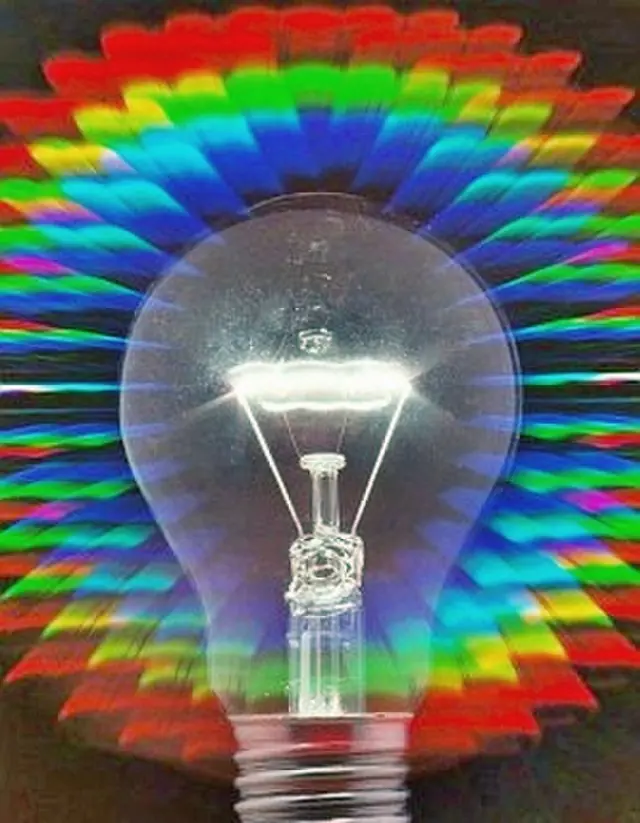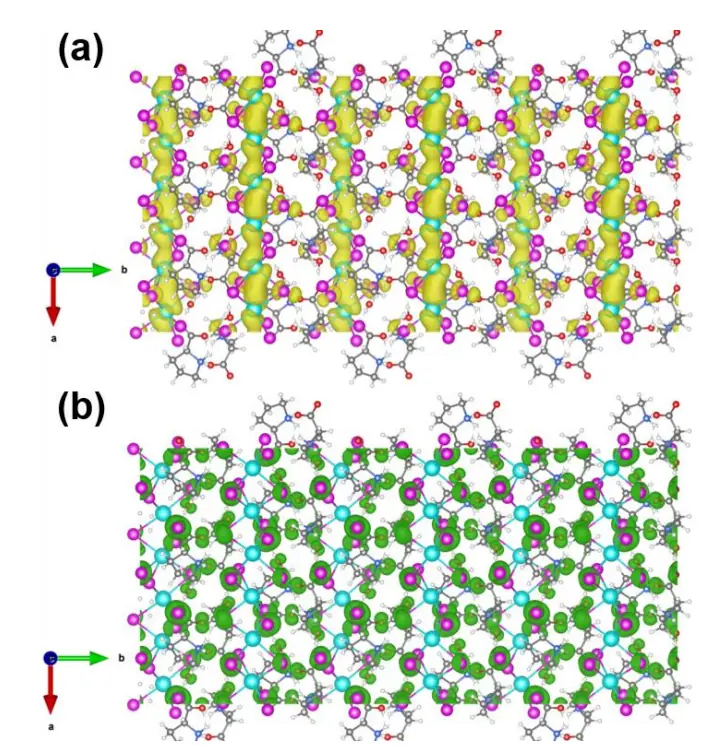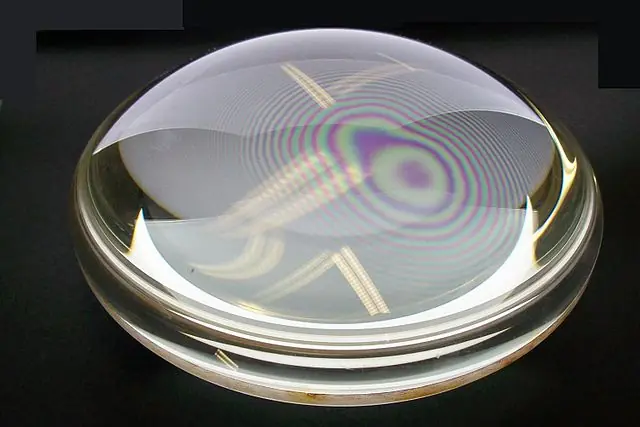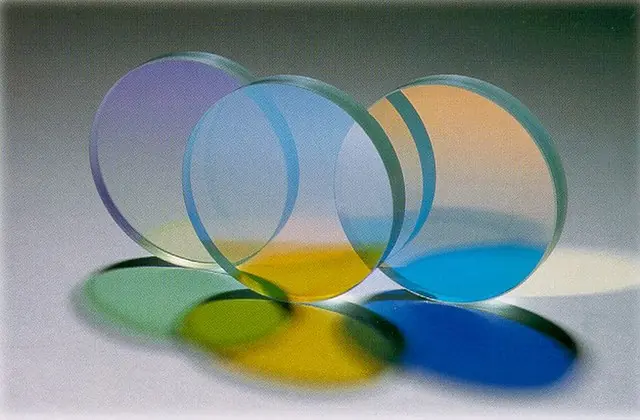Diffraction Grating

A diffraction grating is a type of optical device that is used to separate light into its different wavelengths. It is made up of a series of closely spaced parallel lines or grooves, which are etched or printed onto a transparent substrate such as glass or plastic. When light passes through the grating, it is diffracted, or bent, as it encounters the lines or grooves. The amount of diffraction depends on the spacing of the lines or grooves, as well as the angle at which the light hits the grating.
The diffraction grating works by separating the different wavelengths of light based on their angle of diffraction. When light passes through the grating, each wavelength is diffracted at a slightly different angle, depending on its frequency. This allows the diffraction grating to act as a spectrometer, or a device that separates light into its different wavelengths.
Diffraction gratings are used in a wide range of applications, including spectroscopy, astronomy, and laser technology. In spectroscopy, diffraction gratings are used to analyze the composition of materials by studying the wavelengths of light they absorb or emit. In astronomy, diffraction gratings are used to study the spectra of stars and other celestial objects, which can provide information about their temperature, composition, and motion. In laser technology, diffraction gratings are used to split laser beams into multiple wavelengths, which can be used for a variety of applications including holography and laser printing.
The diffraction grating is a versatile and important tool in the field of optics, used to analyze and manipulate light in a variety of ways. Its ability to separate light into its different wavelengths allows us to study the properties of materials and celestial objects, and to develop new technologies based on the properties of light.






